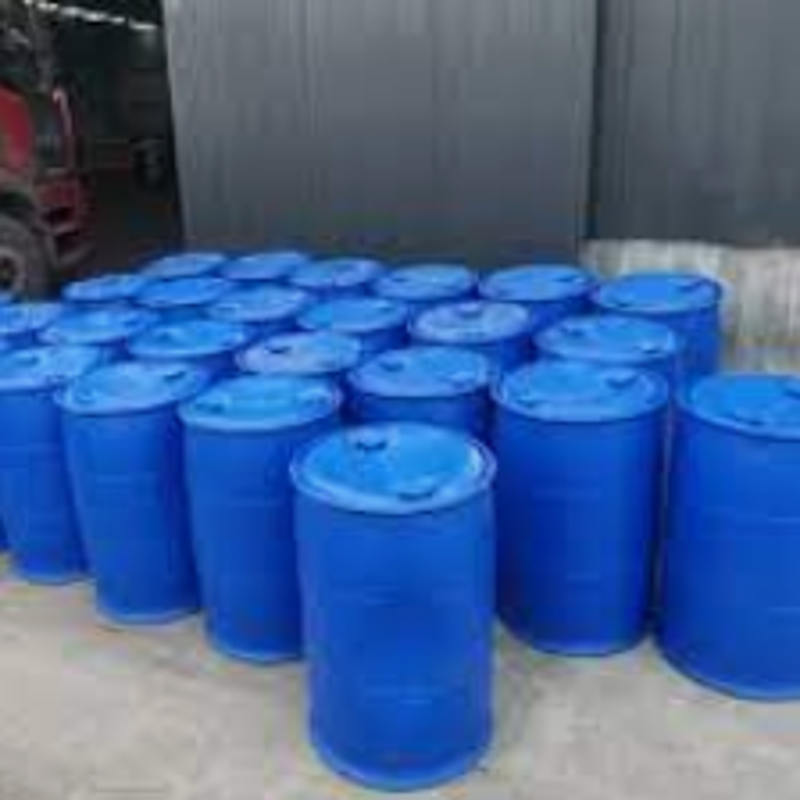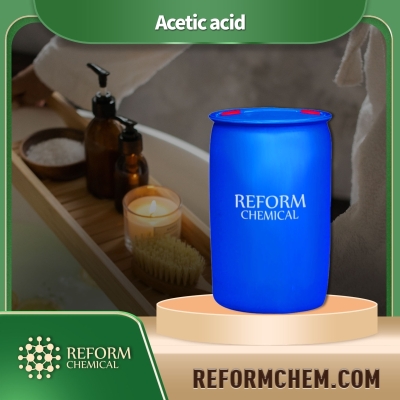-
Categories
-
Pharmaceutical Intermediates
-
Active Pharmaceutical Ingredients
-
Food Additives
- Industrial Coatings
- Agrochemicals
- Dyes and Pigments
- Surfactant
- Flavors and Fragrances
- Chemical Reagents
- Catalyst and Auxiliary
- Natural Products
- Inorganic Chemistry
-
Organic Chemistry
-
Biochemical Engineering
- Analytical Chemistry
-
Cosmetic Ingredient
- Water Treatment Chemical
-
Pharmaceutical Intermediates
Promotion
ECHEMI Mall
Wholesale
Weekly Price
Exhibition
News
-
Trade Service
People's risk of fungal infections is soaring
.
Recently, WHO published a "list of fungal pathogens"
composed of 19 deadly fungi.
The list divides these 19 dangerous fungal pathogens into three priorities to aid disease research and drug development
.
The four most dangerous fungi have been reported: Cryptococcus neoformans, Aspergillus fumigatus, Candida albicans and Candida aurus
.
According to reports, if infected, the lethality rate of the first pathogen, Cryptococcus neoforma, is 41%-61%.
Aspergillus fumigatus, which is resistant to azoles, has a lethality rate of 47-88%, and some studies have even reported a mortality rate of 100%.
Invasive candidiasis is also high in mortality between 20% and 50%.
Patients with C.
auriculosis infection have a mortality rate of 29% to 53%.
These infectious fungi are usually opportunistic pathogens
.
When healthy, humans can coexist with it, but when the immune system weakens, they can become infected
.
Hanan Balkshi, WHO Assistant Secretary-General for Antimicrobial Resistance, has called for increased awareness
of fungal infections.
"Fungal infections are increasing, [fungi] are becoming more resistant to therapeutic drugs, and this is becoming a global public health problem
," he said.
”







